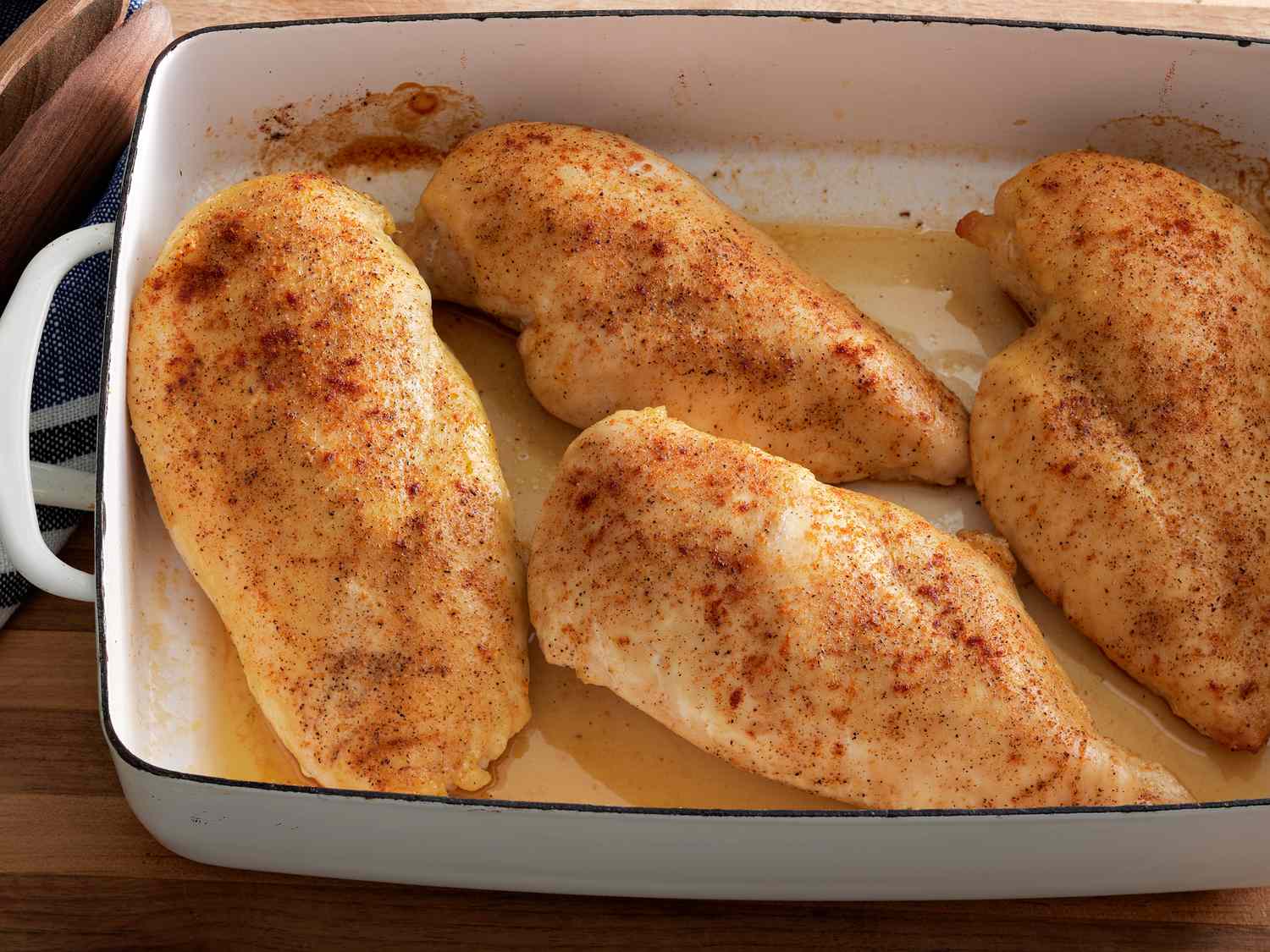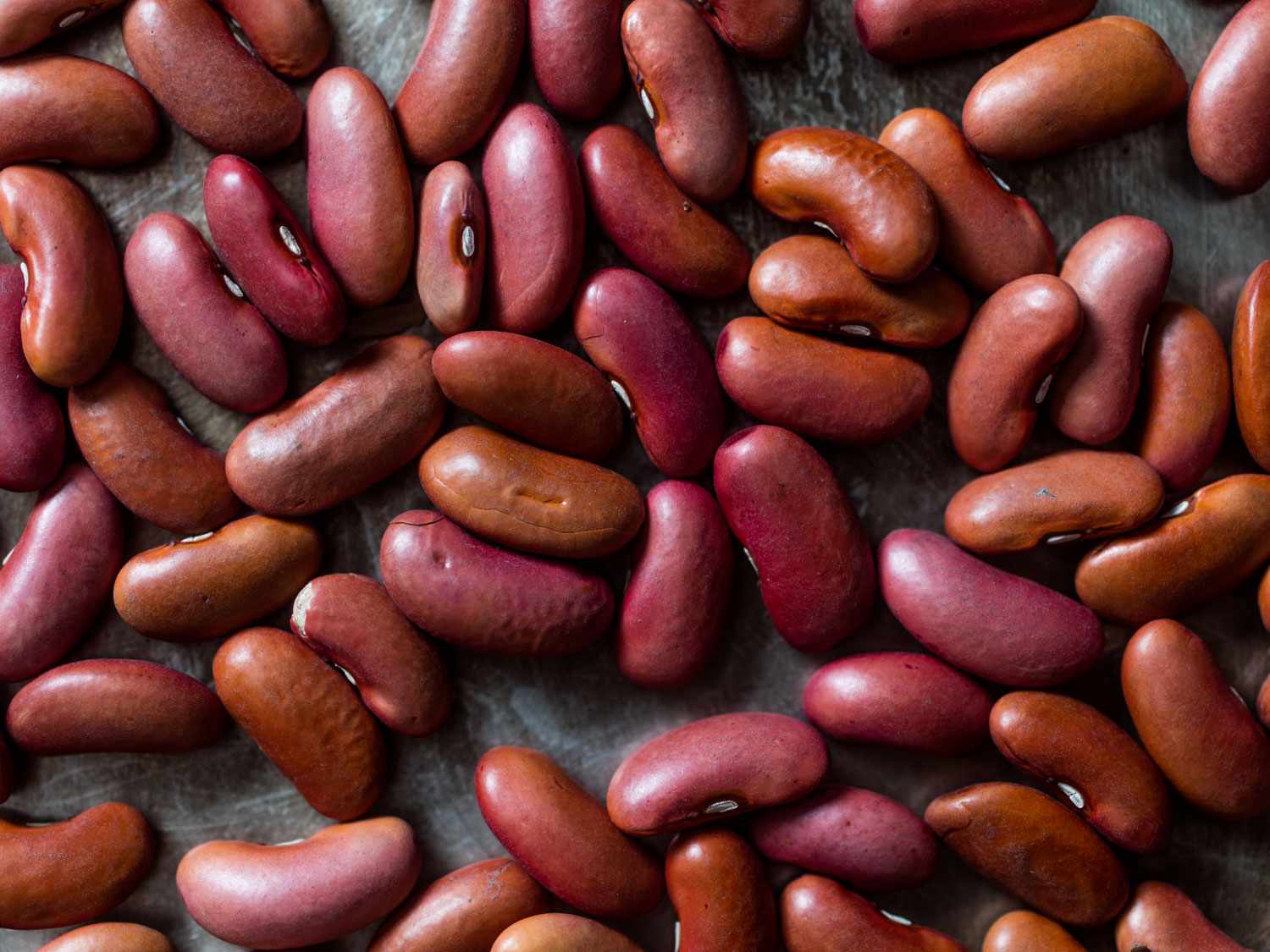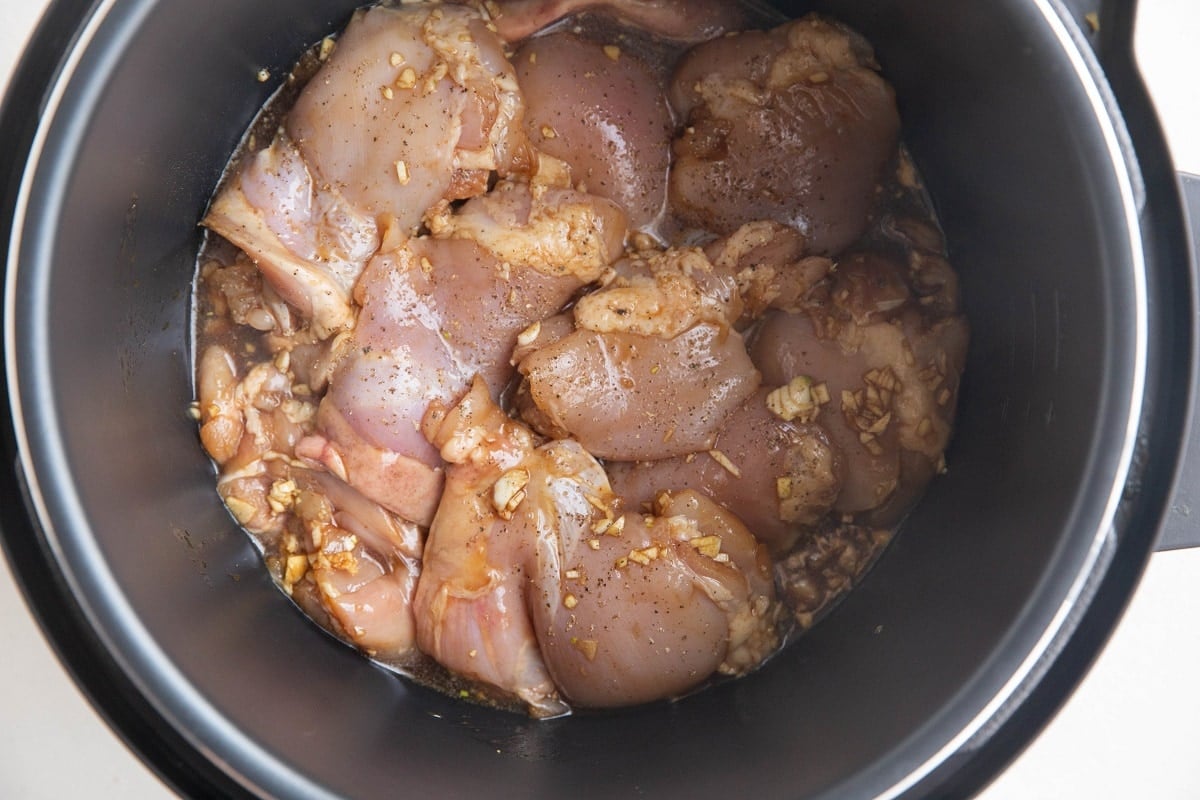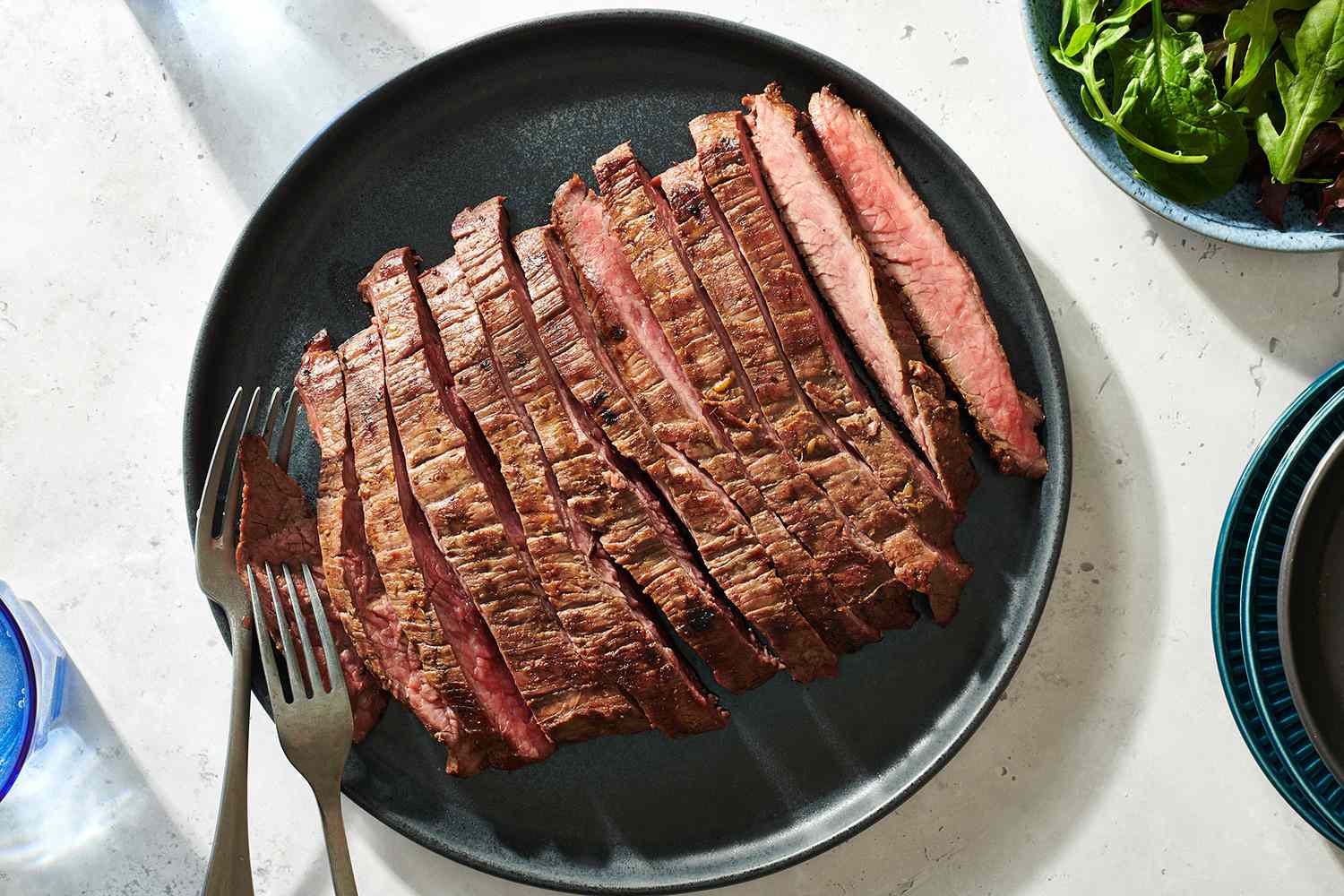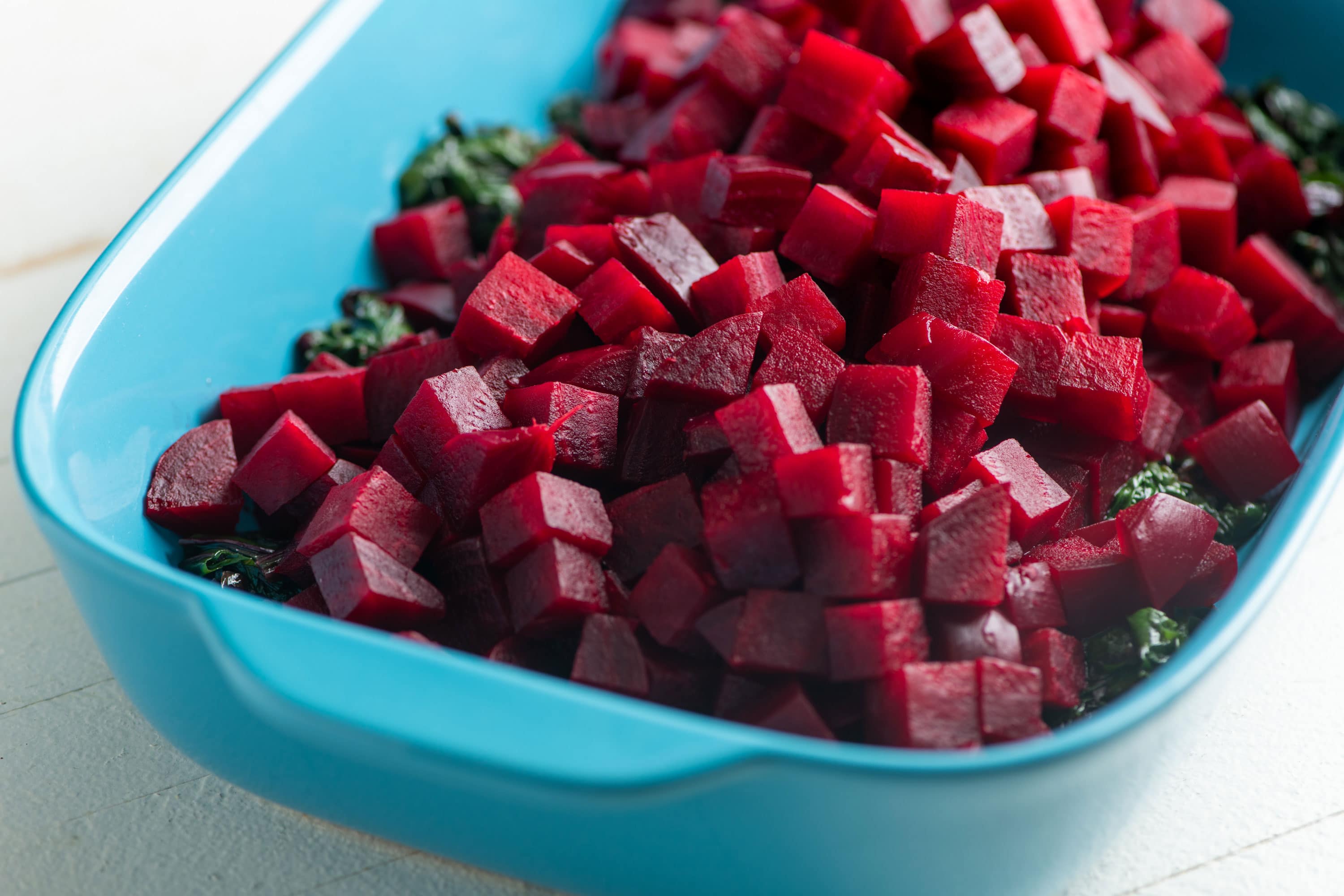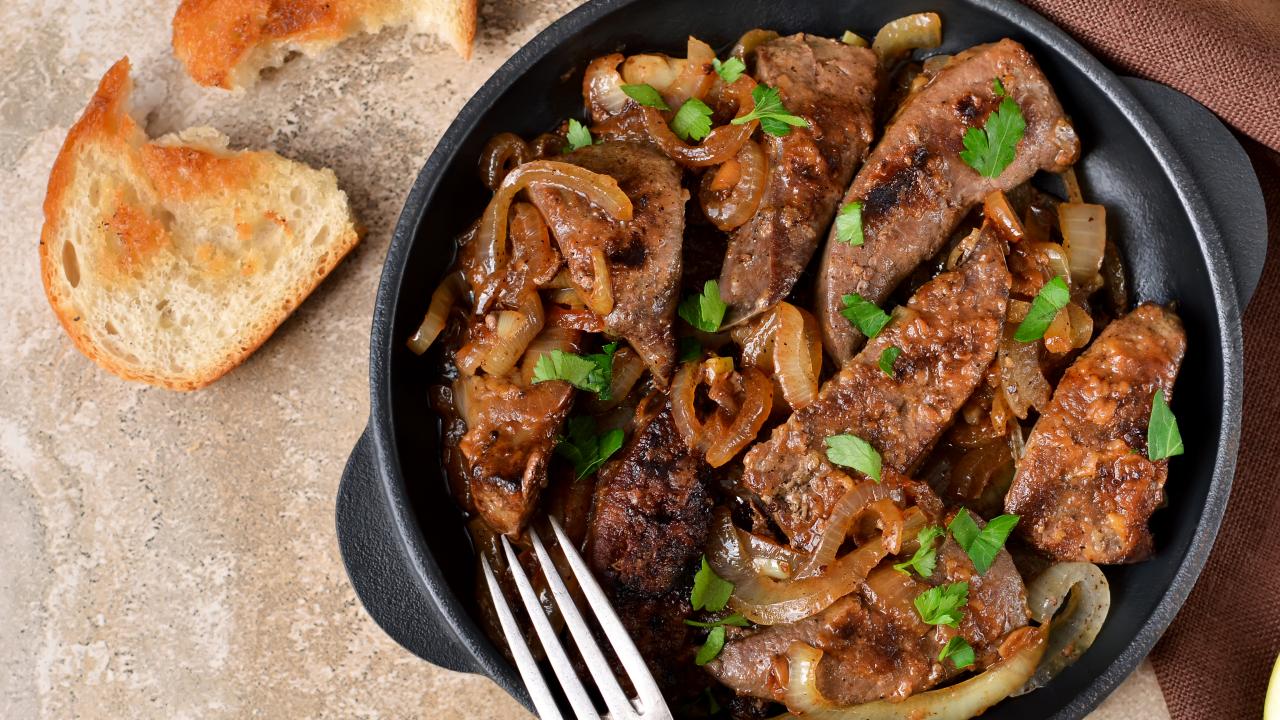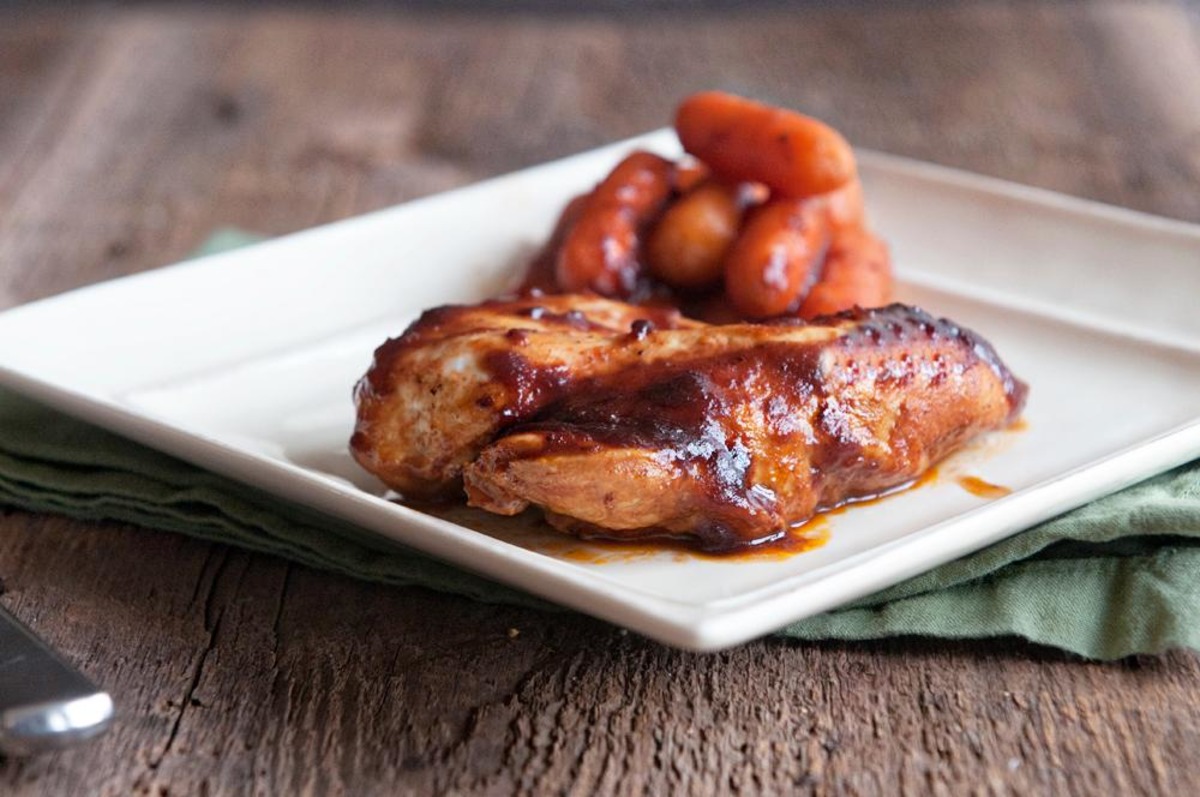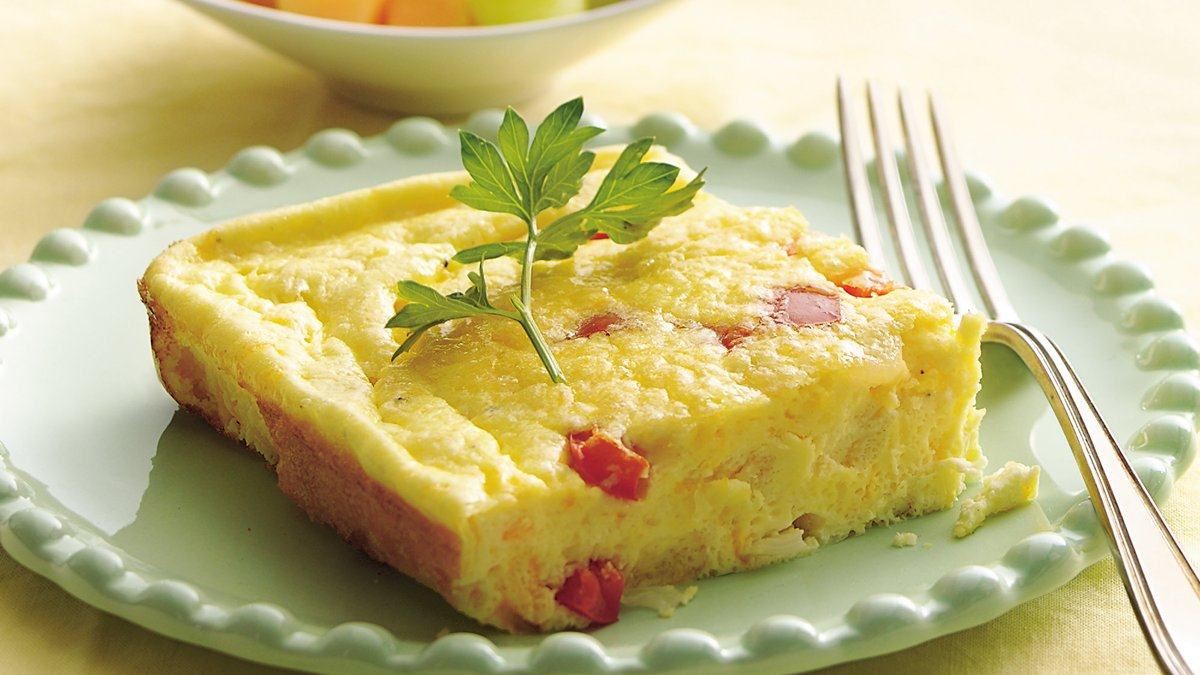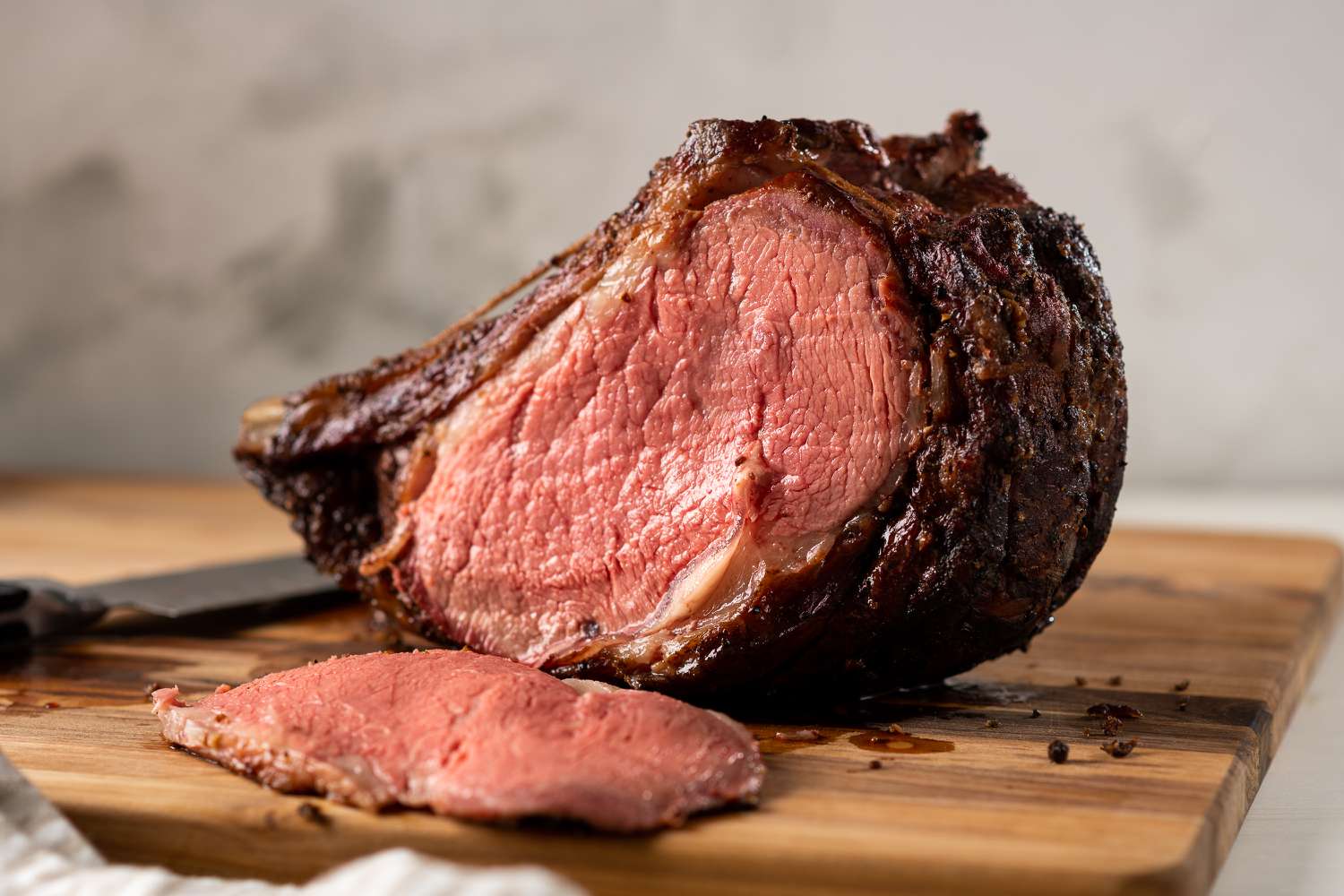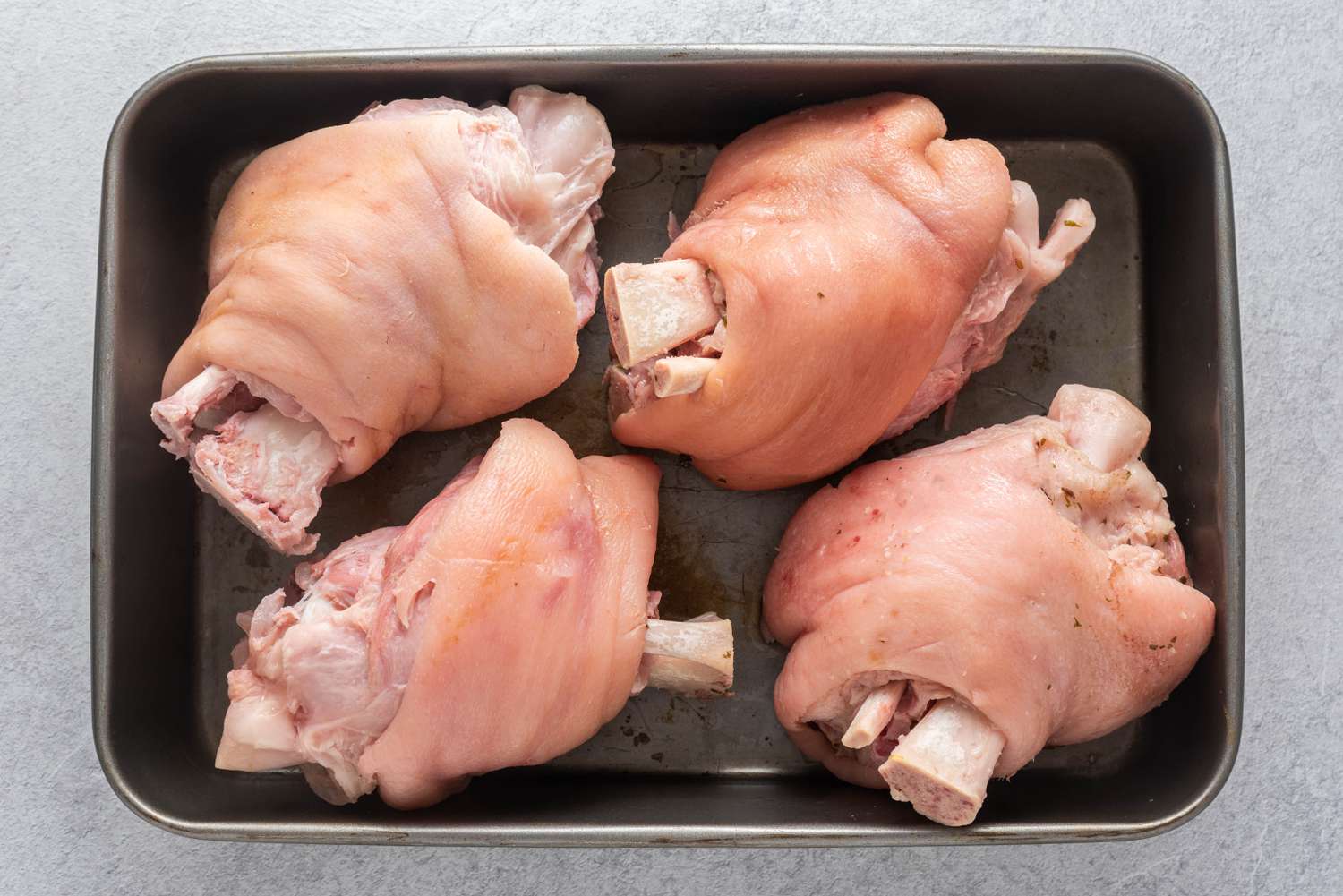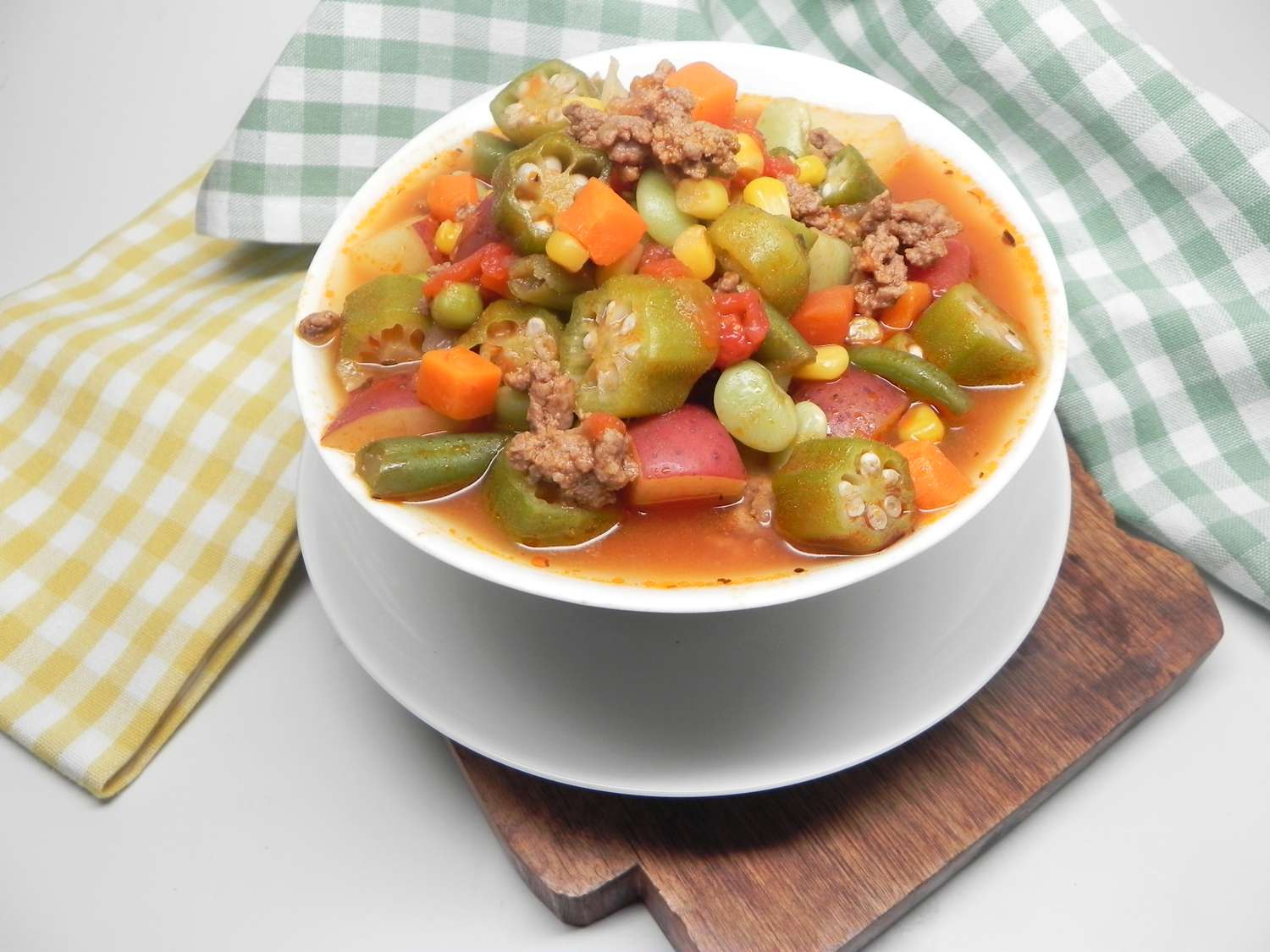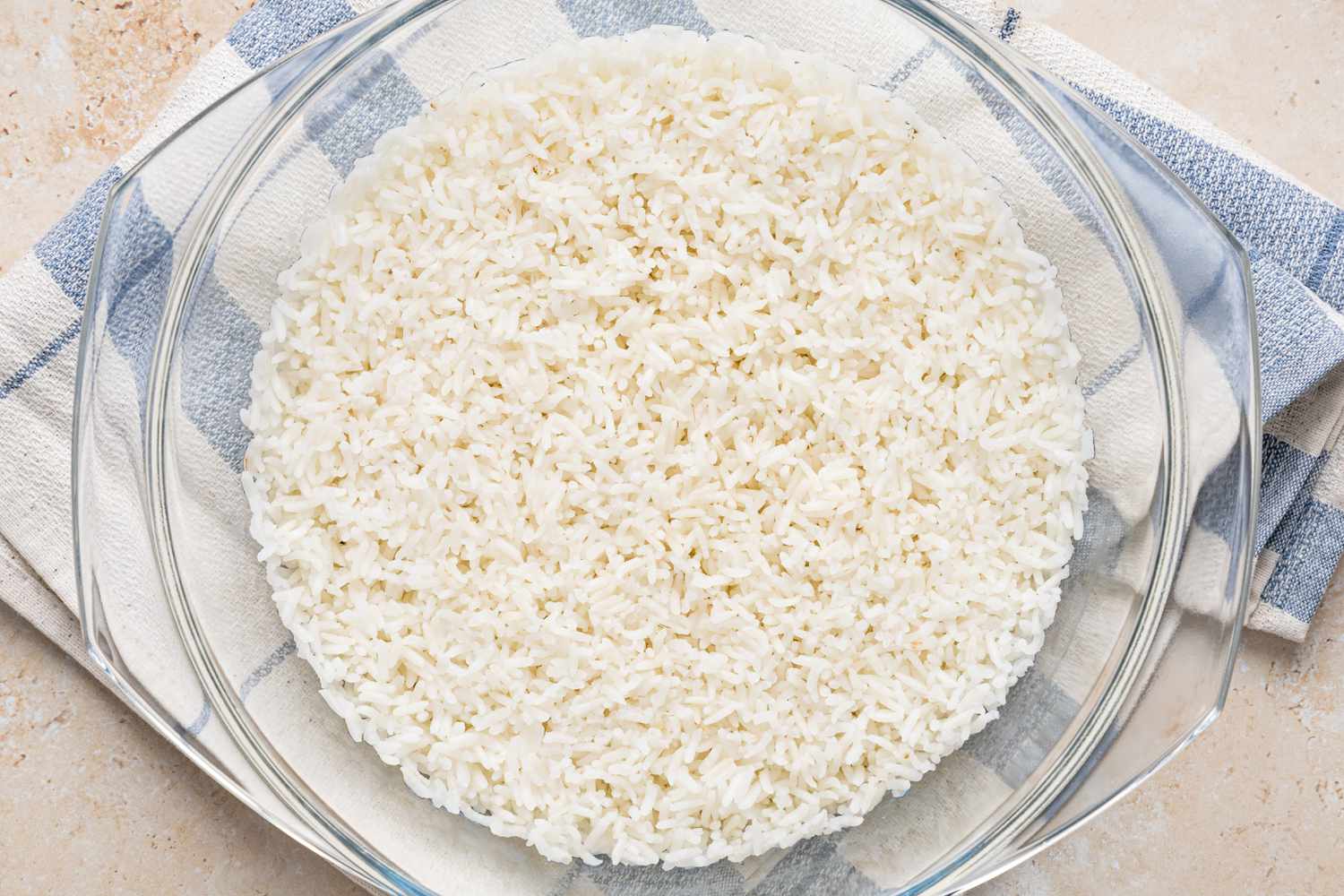Mastering the Art of Cooking on an Induction Stove
Induction stoves have become increasingly popular in modern kitchens due to their efficiency and convenience. If you’ve recently acquired an induction stove or are considering getting one, you may be wondering how to make the most of this innovative cooking technology. Fear not, because we’ve got you covered! In this blog post, we will guide you through the process of cooking on an induction stove like a pro.
Understanding Induction Cooking
Before we dive into the cooking techniques, let’s quickly explain how induction stoves work. Unlike traditional stoves that use gas or electric coils to generate heat, induction stoves use electromagnetic fields. These fields create a magnetic reaction with the cookware, causing it to heat up. This direct heat transfer results in faster and more precise cooking.
Selecting Induction-Friendly Cookware
One of the essential considerations for cooking on an induction stove is using the right cookware. Since induction stoves require a magnetic field to generate heat, not all types of pots and pans will work. To check if your cookware is induction-friendly, simply hold a magnet against the bottom. If it sticks, you’re good to go!
- Opt for stainless steel or cast-iron cookware, as they work best with induction stoves.
- Avoid using pans with rounded or warped bottoms, as they may not make proper contact with the stove’s surface.
- Invest in cookware with a flat and smooth base to ensure even heat distribution.
Adjusting Cooking Techniques
Now that you have induction-friendly cookware, let’s explore some cooking techniques tailored to induction stoves:
1. Precise Temperature Control
Induction stoves offer incredible temperature control. Take advantage of this feature by adjusting the heat levels precisely throughout your cooking process. Whether you’re simmering a delicate sauce or searing a juicy steak, the ability to fine-tune the temperature will be a game-changer for your dishes.
2. Quick Heating
Induction stoves heat up considerably faster than traditional stoves. This rapid heating can save you precious cooking time. Remember to reduce the heat setting once your desired temperature is reached to avoid overcooking your food.
3. Even Heat Distribution
The electromagnetic fields of an induction stove provide even heat distribution across the cookware’s surface. This means your food cooks more evenly, resulting in delectable dishes. Make sure to stir and flip your cooking ingredients regularly to maximize the benefits of this feature.
Safety Considerations
While induction stoves offer numerous advantages, it’s important to keep safety in mind:
- Always handle your cookware with oven mitts or pot holders, as the induction stove’s surface does not get hot.
- When removing cookware from the stove, remember that it will still be hot due to residual heat.
- Ensure that the surface of your induction stove is clean and free of any debris or spills to prevent accidents or damage.
Conclusion
Now that you’re armed with tips and tricks for cooking on an induction stove, it’s time to put your newfound knowledge into action. Embrace the speed, precision, and control that induction cooking offers, and soon you’ll be wowing family and friends with your culinary creations. Happy cooking!
Was this page helpful?
Read Next: How To Cook Oysters On Stove
